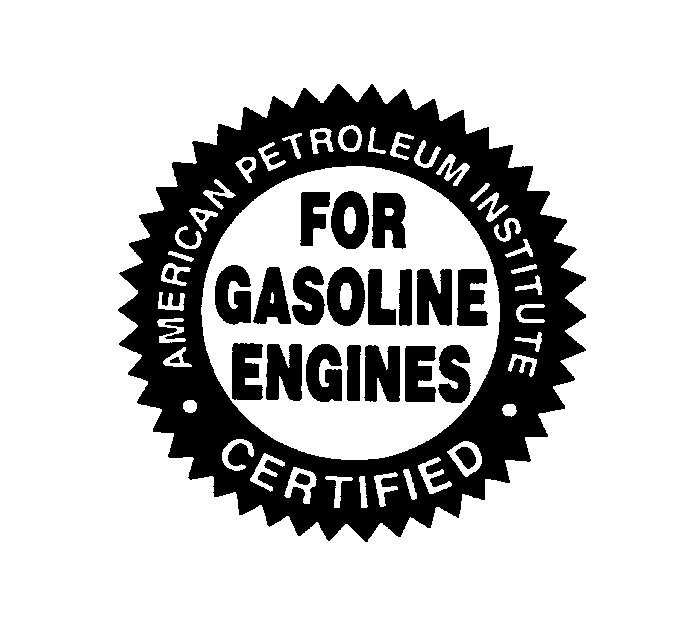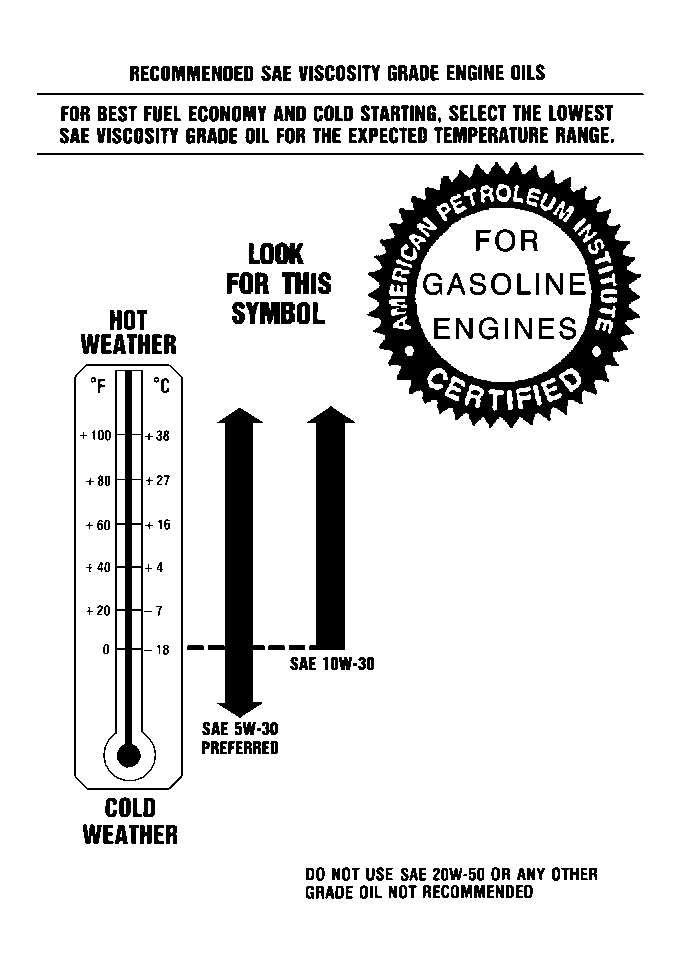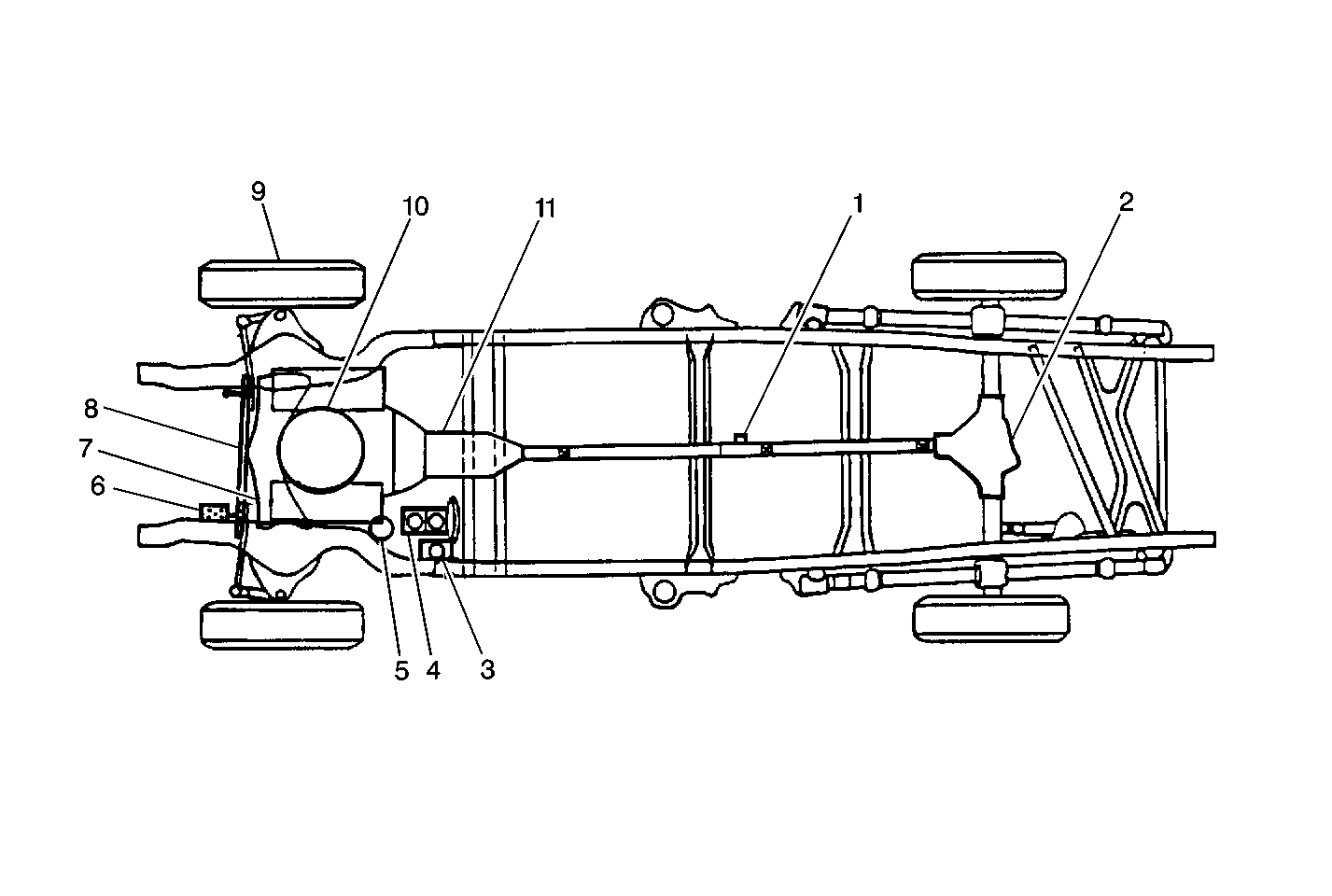For time and/or mileage intervals of scheduled maintenance
items, refer to
Maintenance Schedule - Short Trip/City
or
Maintenance Schedule - Long Trip/Highway
.
The following text and illustrations describe the details of the required
scheduled maintenance services.
For information on the proper fluids and lubricants to use, refer to
Fluid and Lubricant Recommendations
.
Engine Oil and Filter Change
For the engine oil and filter changing procedure, refer to
Engine Oil and Oil Filter Replacement
in Engine
Mechanical - 1.6 L or
Engine Oil and Oil Filter Replacement
in Engine Mechanical - 2.0 L.
For information on the correct engine oil quality and viscosity, refer
to the following:
Engine Oil Quality
Notice: Use only engine oil with the American Petroleum Institute Certified
for Gasoline Engines starburst symbol. Failure to use the recommended
oil can result in engine damage not covered by the warranty.

The STARBURST symbol indicates
that the oil has been certified by the American Petroleum Institute (API).
Do not use any oil which does not carry the STARBURST symbol.
Engine Oil Viscosity

Engine oil viscosity (thickness)
has an effect on fuel economy and the cold-weather operation (engine starting
and oil flow). Lower viscosity engine oils can provide better fuel
economy and cold-weather performance. However, higher temperature
weather conditions require higher viscosity engine oils for satisfactory
lubrication.
SAE 5W-30 is best for your vehicle. However, use 10W-30 if the outside
temperature is higher than 18°C (0°F). Do not use other viscosity
oils, such as SAE 20W-50.
Notice: Using oils of any viscosity other than those recommended
could result in engine damage. When choosing an oil, consider the range of
temperatures the vehicle will be operated in before the next oil change.
Then, select the recommended oil viscosity.
Important: If your vehicle is operated in an area where the temperature falls below -29°C
(-20°F), consider using a SAE 5W-30 synthetic oil or a SAE 0W-30.
Both will provide easier cold starting and better protection for the engine
at extremely low temperatures.
Chassis Lubrication
Notice: Do not lubricate the parking brake cables. Lubrication destroys the
plastic coating on the cable.
Lubrication Points (Rear-Wheel Drive)




